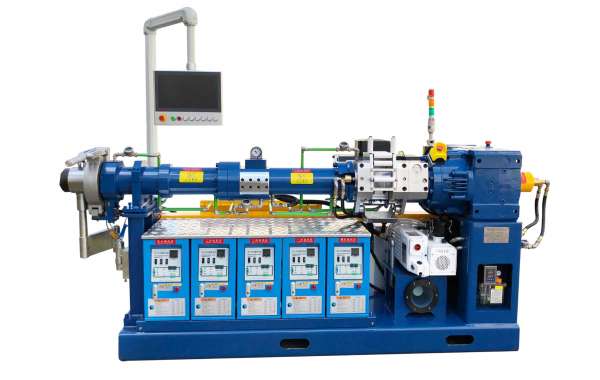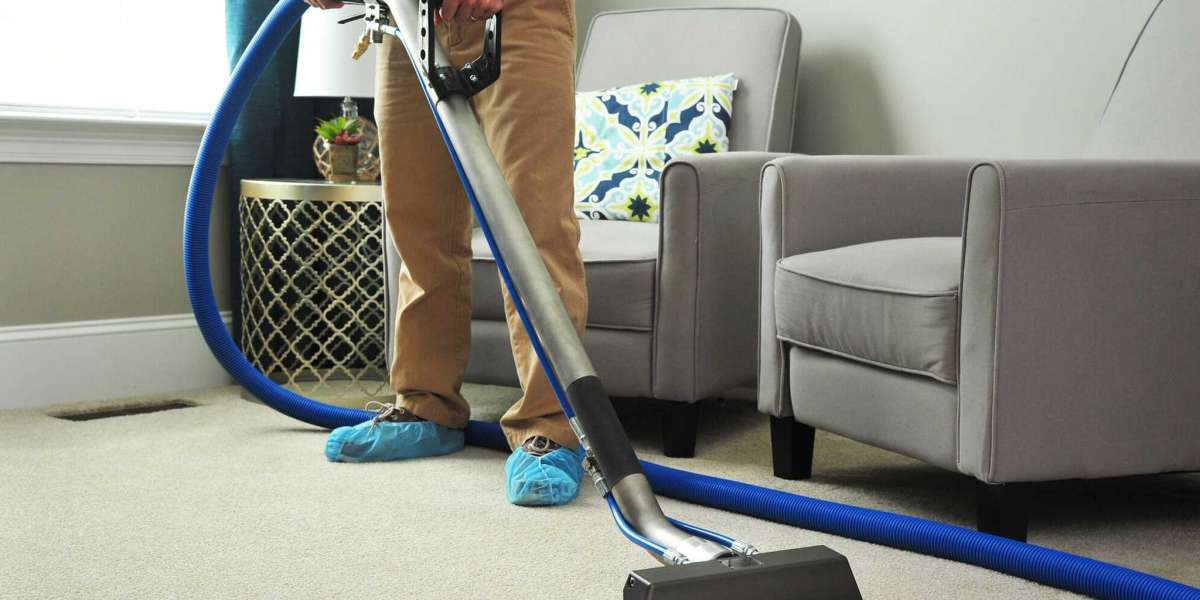The rubber extruder have a varied field of application. So, when you come across a rubber profile, strip, hose, cable, wire, cord coating, tire tread, v-belt, tube, or blank remember that they are only a few handful of products manufactured using extrusion process.
And your main goal of extrusion is to get the highest output at good quality of product.
Based on the convenience and usage history, you need to know of the two types of rubber extruders viz. Hot Feed Extruders (HFE) and Cold Feed Extruders (CFE).
And further, you have variants within Cold Feed Extruders viz. Plain Type, Pin Barrel Type and Vent Type Extruders. The recent most advanced adoption that you will come across is that of co-extrusion lines.
When you choose a rubber extruder, you should deliberate and discuss extensively upon few key things i.e the design, material technology and manufacturing accuracy of screw, barrel and die-head. While, I would cover more on them in a later post, I would like you to remember that very few manufacturers world-wide can guarantee you a well-designed and precisely manufactured rubber extruder.
Hot Feed Extruder (HFE)
Rubber industry only had Hot Feed Extruders until 1950’s. HFE’s extrude your rubber compounds at reduced temperatures.
Hot Feed Extruder with Dual Head
Bainite Machines Make Hot Feed Extruder
The screw depth of a HFE is relatively larger and you get a consistent output due to its short screw design. L/D ratio is mostly in the range of 4:1 to 6:1 which keeps your rubber compound dwell time and its temperature increase to a minimum.
Each HFE has an hopper and feed roller section with spiral undercut liner that allows your compound to enter the extruder easily. The feed roller on a hot feed extruder allows your compound to pass the scraper knife, directed around the roll and then fed back into the hopper. The feed roll bearings are placed in positions to prevent contamination. You can vary the output by changing the screw speed using variable speed drives.
Despite these advantages, the HFE’s are getting outdated in many applications. Because the rubber that is fed into a Hot Feed Extruder needs to be pre-heated or warmed using two-roll mills to achieve the required degree of viscosity and temperature that facilitates smooth flow of rubber, its compaction and extrusion through the die.
And that made experts introduce Cold Feed Extruders.
Cold Feed Extruder (CFE)
Cold Feed Extruders are designed and manufactured with specially designed screws best suited for cold feeding of rubber. You can discuss with your manufacturer and avail various options of screws for a wide range of compound and extrusion applications.
While manufacturers offer L/D ratio up to 24:1, the most preferred by end-users is generally in the range 12:1 to 18:1.
Pin Type CFE
For feeding the cold rubber, it is recommended that you use a feeding conveyor with metal detector to remove metal particles. This avoids damage to the screw or barrel. In some plants, I find the sensitivity of the metal detector calibrated to a low value that it virtually renders the detector useless.








